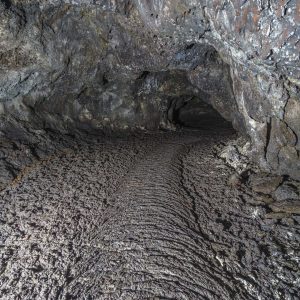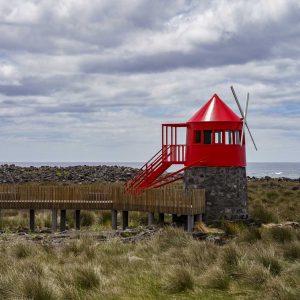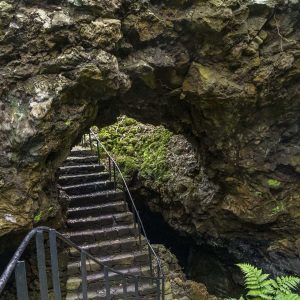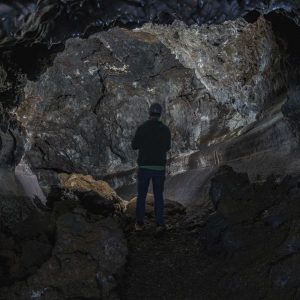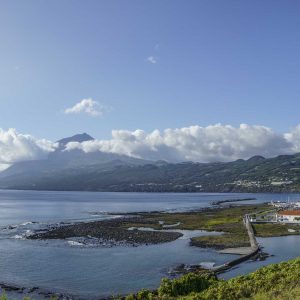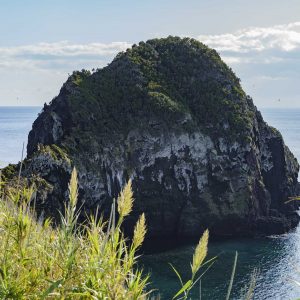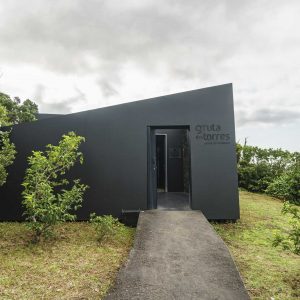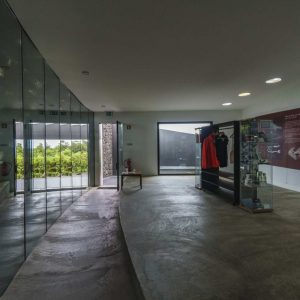Uma visita ao Pico é uma experiência única de relação com a vulcanologia do arquipélago açoriano. É o ponto mais alto de Portugal (2351 m), e encerra em si um conjunto de geossítios dignos de visita.
O itinerário que aqui se propõe começa com a visita à Gruta das Torres, o maior tubo lávico conhecido em Portugal, com 5150 m de comprimento total. Esta cavidade foi formada por escoadas lávicas de uma erupção vulcânica com origem no Cabeço Bravo, no complexo vulcânico da Montanha. Classificada como Monumento Natural do Parque Natural do Pico, a visita ao interior da Gruta das Torres é uma experiência imperdível.
Prosseguimos para um passeio pela Reserva Florestal do Mistério de São João. Estes solos pobres e pedregosos resultaram de um erupção iniciada a 2 de fevereiro de 1718, com intensa sismicidade, ruídos estridentes e emissão de 6 rios de lava, a partir de uma abertura localizada entre Terra do Pão e Companhia de Cima. Esta erupção terá sido responsável pela destruição de muitas habitações e, até, da igreja local. A designação de “mistério” provém precisamente da denominação que os habitantes atribuíam a estes fenómenos vulcânicos, muitas vezes devastadores e incompreensíveis para a população comum. Atualmente, a mata de recreio possui uma vasta gama de equipamentos recreativos, e, aqui, podemos visitar o Centro de Divulgação Florestal, dedicado ao tema do vulcanismo.
De seguida, visitamos o Miradouro de Arrife, local a partir do qual o visitante poderá apreciar uma vista incrível sobre a fajã lávica das Ribeiras, localizada na costa sul do Pico. Esta fajã foi formada sobretudo por escoadas lávicas, emitidas há cerca de 3.500 anos, que fizeram crescer a Ilha e formaram uma arriba fóssil.
Terminamos no Miradouro das Lajes do Pico, de onde temos uma excelente perspetiva da fajã lávica das Lajes do Pico e da vila com o mesmo nome. Deste local, podem ainda ser observados um conjunto de geossítios com grande interesse para a compreensão da evolução vulcanológica da Ilha: a Montanha do Pico, as erupções históricas de 1718 e 1720, o Vulcão do Topo, o Castelete e a chaminé de um antigo cone de escórias, hoje muito erodido e desgastado pela ação do mar.

